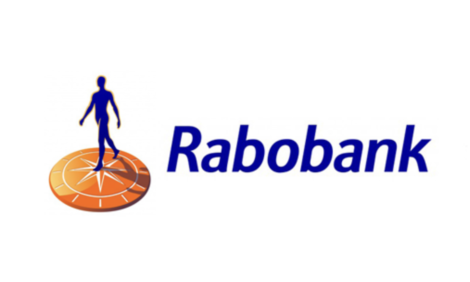



Group Sow Housing Offers Opportunity to Reduce Energy Costs
CANADA - The Head Nutritionist with Gestal says pork producers are finding the cost of maintaining the body condition of gestating sows housed in groups in pens to be lower than that of sows housed individually in stalls, according to Bruce Cochrane.In anticipation of the move from stall housing of gestating sows to group housing by 2024, as mandated by Canada's Pig Code of Practice, scientists working on behalf of Swine Innovation Porc have been evaluating the nutritional requirements, social behavior and performance of sows housed in various group housing systems.
Dr Hyatt Frobose, the Head Nutritionist with Gestal, told those on hand for a Group Sow Housing Seminar last month nutrition is a very high priority.
Dr Hyatt Frobose-Gestal
In stalls sows are know to perform a higher level of stereotypical behavior which has a higher maintenance requirement because they're expending calories during those stereotypies.
Additionally they are not able to conserve body heat by lying together.
They're usually lying individually on a concrete floor and so therefore expending more heat energy for thermal regulation.
Generally speaking people typically assess a higher maintenance requirement to stalled sows than penned sows and some producers have taken advantage of that by being able to lower the thermal neutral temperature in the pen housing environment as a way to reduce energy costs.
When we talk about sows by parity, young animals are still depositing their own growth tissue, particularly muscle and bone tissue and fat tissue even up into their third parity.
There has been a lot of work done in the past that clearly states that a P-1 sow has a higher amino acid requirement, a higher calcium and phosphorus requirement than a P-4 sow who has reached senescence or full maturity.
Dr Frobose acknowledges there is a greater opportunity to fail in pens if body condition isn't assigned correctly.
He says we could apply the correct diet but at the wrong level and then pay for it down the road through lower productivity or sows exiting the herd early.








